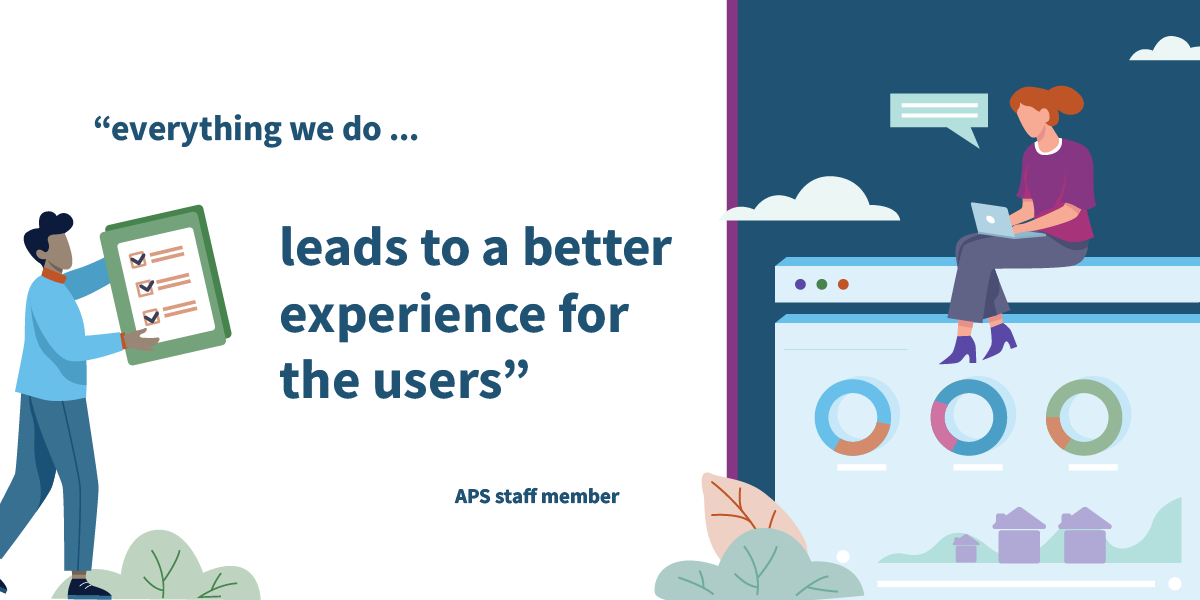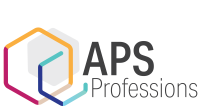Find out what it’s like to work as a junior Pega analyst in the Australian Public Service.
An APS member shares their thoughts on what it is like to be a junior Pega analyst.
Contents
What does a junior Pega developer do?
I joined the team a few months ago as an ICT cadet, as part of the Digital Cadetship Program. Before joining this team, I had never heard of Pega, and I didn’t know much about business process management software in general. I spent the first few weeks undertaking lots of training, which included completing the Pega Certified Business Architect and Pega Certified System Architect courses, to help bring me up to speed on what Pega is and how it works.
Ultimately my role is about helping to build software that allows the users to work better, be more efficient and maximises business value. The systems that I support help to enforce the country's various quarantine, customs, and immigration and finance laws.
Day-to-day
My job involves developing software using Pega to add new features, fix defects, and make improvements to our applications. These changes can range from minor things like fixing grammatical errors in existing applications, all the way through to building entire new parts of the system which will completely change the way the software is used and how the users get work done.
As a low-code platform, developing software with Pega is a little different from what I’ve experienced with more traditional programming languages. It often feels like all the parts of the program are much more closely intertwined compared with more “traditional” coding, and so it’s not uncommon for one change to involve making changes to the data model, the user interface, and how the data is processed as opposed to having different parts that are isolated from each other.
Compared to my experience with programming at university, I’ve been surprised by how much time is spent in meetings with my co-workers, in order to make sure that we’re working effectively together and building software that meets the requirements of the users to the fullest extent possible.

Noticeable improvements
Using a low-code platform means that it can be much faster to make changes and add new functionality to the applications. I find it very rewarding to be able to see the work I’m doing lead to real changes in such a short amount of time. It feels like we don’t have to waste a lot of time making changes that won’t add value to the users; everything we do creates a noticeable improvement to the software and leads to be a better experience for the users. I also like seeing how quickly ideas can go from concept to a working product, so it feels like there’s always changes being made and we don’t lose the energy that comes from seeing new features being added.
Supported environment
I’m very lucky to work alongside lots of people who know a lot about Pega and are more than happy to help when I get stuck on something. Often the people around me are the first place I’ll go when I need help with something. There’s also a lot of good content online including Pega Academy (an online training platform) which I find is a good place to reference for small technical details which I’m not sure about; and it often includes examples which I find are good for understanding how ideas are applied in practice.
All views expressed are the author's personal views, and do not necessarily reflect the view of the department or agency.
Interested in becoming a junior Pega developer?
Learn more about the skills, and how to upskill to be a junior Pega developer on APS Career Pathfinder.
